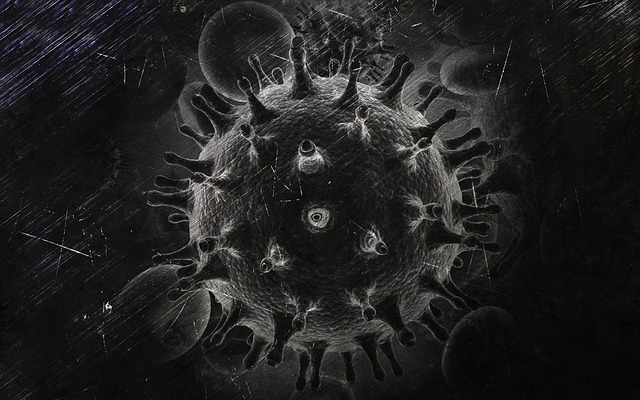
HIV, the virus that causes AIDS, is one of humanity’s sneakiest foes. It doesn’t just attack a person’s immune cells. In the face of anti-HIV drugs, they can hide inside cells, lay dormant to avoid detection, then simply spring back to life once a person stops taking medication. This is why a person with HIV requires lifetime treatment, because while some of the HIVs get killed, others are able to hide and just wait for the opportunity to attack and multiply again.
Based on a study conducted by researchers at the Lewis Katz School of Medicine at Temple University (LKSOM) and the University of Pittsburgh, we might now be one step closer towards finding a permanent cure for HIV. Through experiments done on three different animal models, the team was able to show that it is possible to stop HIV from replicating for good by using the revolutionary gene-editing tool CRISPR/Cas9.
CRISPR works by guiding proteins to target specific DNA sequences within cells, then editing these sections in some specific way. CRISPR acts as the guide; Cas9 is the protein that does the cutting and editing.
Prior to this study, the team was already able to show that CRISPR/Cas9 could be used to cut out HIV-1 from almost all tissues in the body of mouse models inserted with HIV-1 DNA.
This time, they were able to demonstrate that CRISPR/Cas9 can be effective at eradicating HIV-1 DNA from the T cell genomes of mice models with different forms of the disease. Specifically, they tested their technique on transgenic mice infected with HIV-1 DNA; mice infected with a severe case of EcoHIV (the mouse equivalent of human HIV-1); and on mice with human immune cells that have latent HIV.
In the first group, the treatment resulted in reduction of HIV replication by as much as 95%, confirming the findings of their previous study. In the second group, HIV replication was blocked by up to 96%, showing for the first time that CRISPR/Cas9 can eradicate HIV-1. In the third group, CRISPR/Cas9 was able to extract latent HIV from the infected human cells embedded in the mice tissues and organs.
To arrive at their findings, the research team relied on a special ‘bioluminescence imaging system’ developed by one of their members, Dr. Won-Bin Young. Using this imaging system, they were able to observe and monitor HIV-1 replication in real-time. It also allowed them to see latent in infected cells and tissues.
The team says it’s a ‘significant step’ forward in humanity’s quest to combat HIV. Aside from being more comprehensive than their earlier study, they were also able to improve on their gene-editing process. More importantly, researchers were able to confirm that the technique doesn’t just work on active HIV. It works on dormant HIV as well.
As lead researcher Dr. Wenhui Hu explained in a statement: “We confirmed the data from our previous work and have improved the efficiency of our gene editing strategy. We also show that the strategy is effective in two additional mouse models, one representing acute infection in mouse cells and the other representing chronic, or latent, infection in human cells.”
Going forward, the team is planning on repeating the study in primates, before proceeding with human clinical trials.
The research was recently published in the journal Molecular Therapy.
- Bulenox: Get 45% to 91% OFF ... Use Discount Code: UNO
- Risk Our Money Not Yours | Get 50% to 90% OFF ... Use Discount Code: MMBVBKSM
Disclaimer: This page contains affiliate links. If you choose to make a purchase after clicking a link, we may receive a commission at no additional cost to you. Thank you for your support!

really great success,may god continue to grant similar success through your life thank u